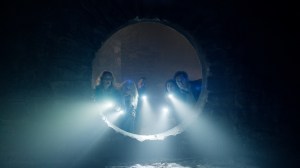Plenty of horror movies have proven successful enough to spawn franchises. But how many of those debut installments remain the best of their respective IPs? And, for that matter, which of those first installments is the best when compared to other franchise-starters? And just what makes it the best? A host of factors apply when gauging their quality, including memorability, rewatchability, general scariness, writing, the list goes on. What follows is a ranking of the first installments of ten major horror franchises and just the first installments. That means the ranking came down to only the merit of that one movie, not how well or how poorly it was followed up.
Videos by ComicBook.com
Note that this was restricted to straightforward horror franchises, so no Alien or Predator here. Furthermore, to be considered, it had to be a franchise with quite a few films under its belt (a.k.a. more than three), be they theatrical or direct to video. From killer dolls and vengeful mothers to enigmatic men with butcher knives and the son of the devil, here are the first installments of 10 famous horror franchises, ranked.
10) Child’s Play (1988)
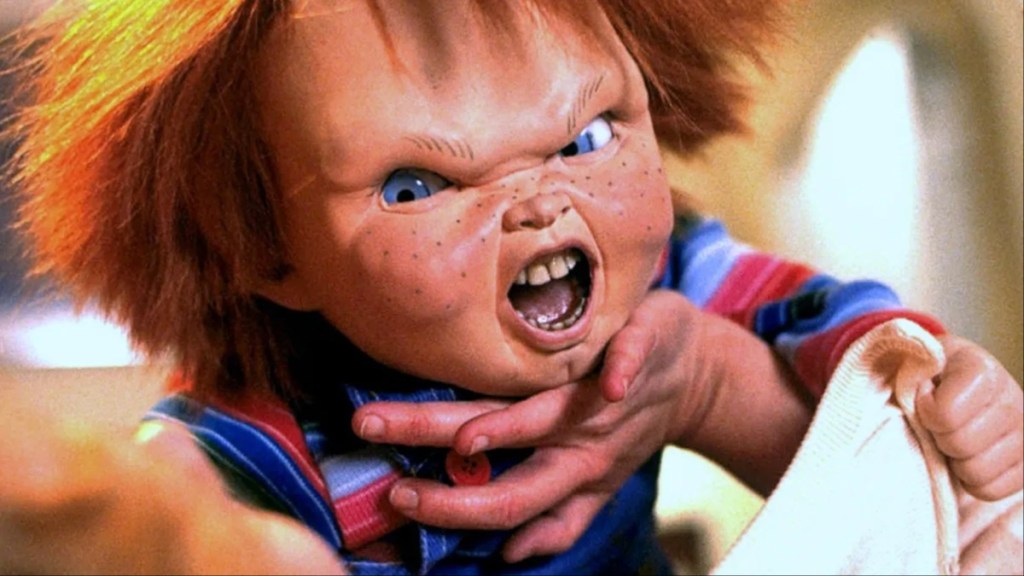
It may have introduced the world to Chucky, a truly iconic slasher villain, but Child’s Play isn’t even the best of its own franchise. That said, it’s still pretty terrific, with note-perfect performances from both Catherine Hicks and, of course, Brad Dourif as the voice of Chucky.
Having a little doll as a horror movie villain could have been a recipe for disaster, but thanks to a terrific design and the aforementioned Dourif, he instantly became an icon. The core voodoo plot never quite clicks, but when the movie is focusing on a mother trying to protect her son or the cop trying to grasp the validity of her words, it’s great.
9) The Omen (1976)
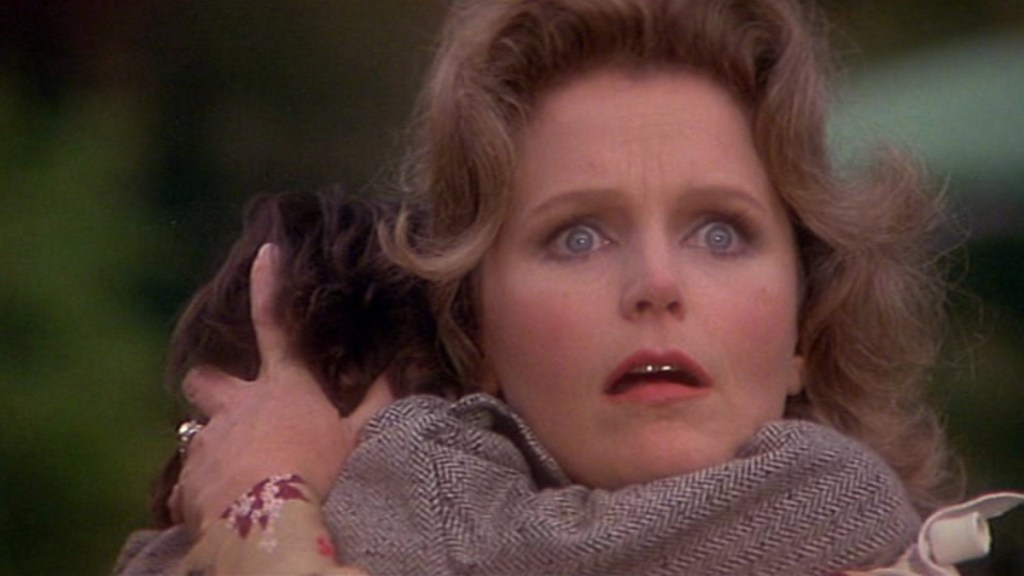
The First Omen may be one of the best legacy horror sequels (or, rather, prequels) in recent memory, but there’s still no beating Richard Donner’s original classic. The Omen comes equipped with a phenomenal cast, fronted by Days of Wine and Roses‘ Lee Remick and the great Gregory Peck.
Their presence should help indicate just how serious a movie The Omen is. There are graphic death scenes, but it’s never a film that tries to go for cheap scares or sick the audience out. Like The Exorcist, it’s essentially a tale of parents trying to do what’s best to protect their child from a demonic presence. It’s just that, with The Omen, the demonic presence hasn’t taken over the child, the child is the demonic presence. It’s a fairly nihilistic film, and it works perfectly far more often than not.
8) The Evil Dead (1981)

It’s surprising how popular the Evil Dead franchise has remained over the years, as the original is a pretty small-scale, ultra-low-budget affair. It’s also a perfect, early indication of just how talented a filmmaker Sam Raimi is.
The ultimate cabin in the woods movie, Evil Dead is the straightforward tale of an evil presence in the woods that wants to possess everyone unfortunate enough to have rented out a shack. That’s all it needs to be, too. With an excellent lead performance by Bruce Campbell and some admittedly dated but still effective effects, it’s a winner. And, while the low budget is actually an asset to the original film, Raimi managed to outdo himself with the sequel.
7) Friday the 13th (1980)
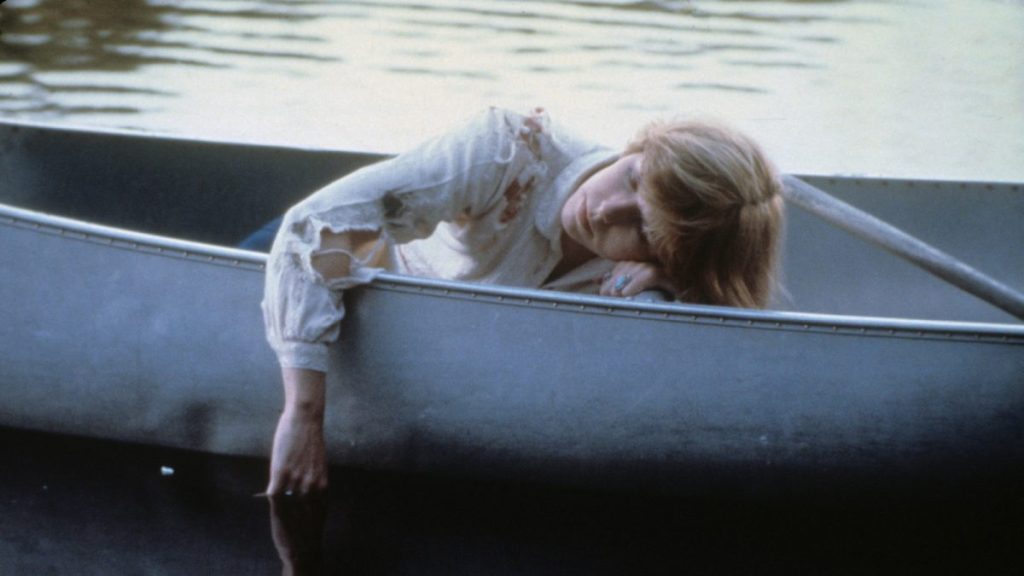
There’s an argument to be made that the fourth film, Friday the 13th: The Final Chapter, is the best of the franchise, but there’s just something about Sean S. Cunningham’s original. Frankly, if this were a fully subjective rating, without consideration of the films’ artistic merits and accomplishments, Friday the 13th would be firmly in the first place slot.
Friday the 13th does a phenomenal job of making the viewer feel as though they’re on the grounds of Camp Crystal Lake right alongside its new, ill-fated counselors. Furthermore, unlike some of the sequels, the acting is solid. The cast comes across as genuine young people (among them a fresh-faced Kevin Bacon) as they seek to hold a job and have some fun in the process. They’re likable, which is what makes it so hard to watch them die one by one. Betsy Palmer’s Pamela Voorhees is also a great villain, and while ignoring the typical route of at least introducing her character in the first act is arguably poor filmmaking, it works in Cunningham’s movie.
6) Hellraiser (1987)
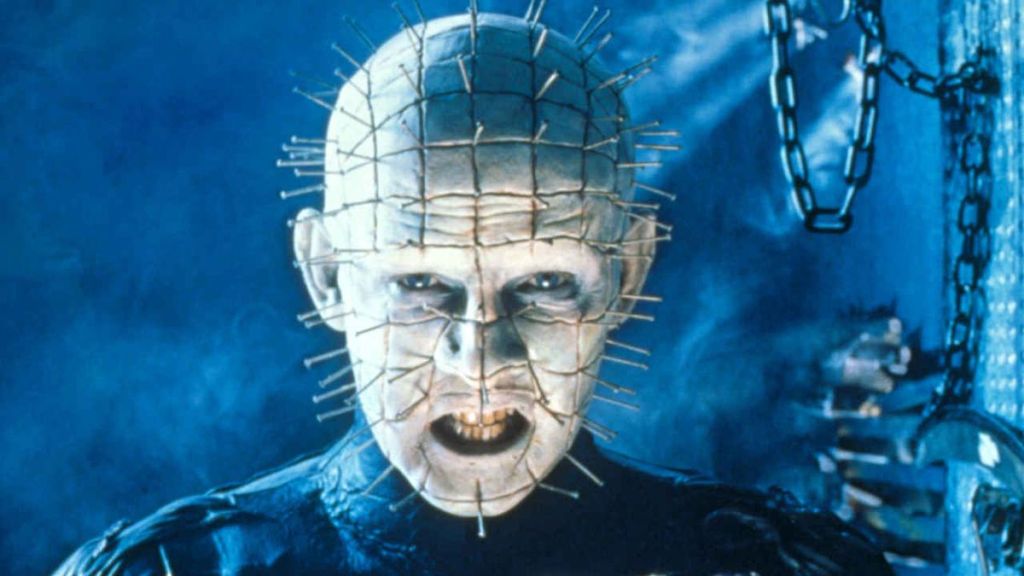
Hellraiser easily stands as one of the most inventive and strikingly memorable films of the 1980s. With a dreamy yet dirty look and an outstanding group of demonic antagonists in the Cenobites (not to mention Frank and Julia Cotton), it’s Clive Barker’s masterpiece.
What’s great about Hellraiser is that it’s far from a typical horror film. While one might expect Doug Bradley’s iconic Pinhead to be front and center, it’s Clare Higgins’ Julia who is the real star of the show. A character far deeper than one might find in a Michael Myers or Freddy Krueger flick, she’s a deeply unhappy married woman who will murder nearly a dozen men to bring one back to life. To make it even more twisted, it’s in service of a man who couldn’t care less about her.
5) Scream (1996)
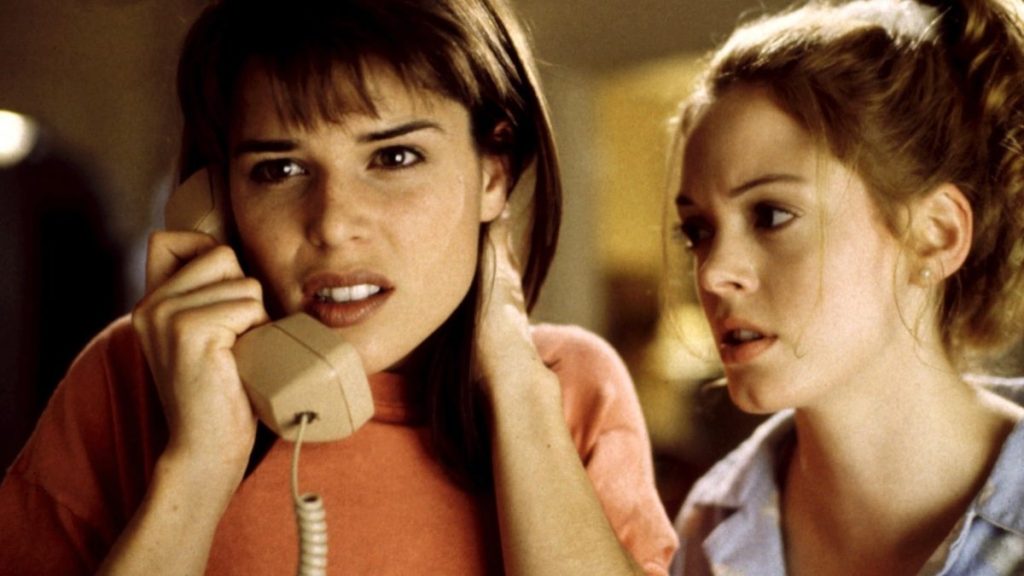
Wes Craven’s Scream is a product of its time given the advances in caller ID tech, but it’s a film that aged well, nonetheless. With the ingenious twist of making the slasher film a mystery, Scream changed the game for the subgenre and brought it back to a financially viable state.
What makes the first Scream the best Scream, outside of how fresh it feels, is the cast. Neve Campbell, Courteney Cox, and David Arquette are all perfect in their roles, and there’s never been a more terrifying antagonist or pair of antagonists in the series than the murderous duo Billy Loomis and Stu Macher. It’s a movie with style to spare and hasn’t gotten any less quotable or entertaining even after nearly 30 years.
[RELATED: Scream 7 Officially Begins Filming, Sequel Logo Revealed]
4) A Nightmare on Elm Street (1984)

Without a doubt, Wes Craven’s A Nightmare on Elm Street is the most inventive entry on this ranked list. The first of Craven’s two masterpieces, it’s a film loaded with special effects that, given its budget, have aged remarkably well. But, of course, the film’s ace in the hole is Freddy Krueger.
More specifically, the film’s biggest strength is Robert Englund as Freddy Krueger. Were any other actor to have inhabited the role, it would be a massive question mark as to whether A Nightmare on Elm Street would have ever gotten a sequel. As for Freddy becoming the most famous slasher icon? Definitely not. Some of the film’s acting can be spotty, but Englund is note-perfect, and his performance is greatly aided by the fact that, in the original movie at least, Krueger is allowed to be an enigma.
3)The Texas Chain Saw Massacre (1974)
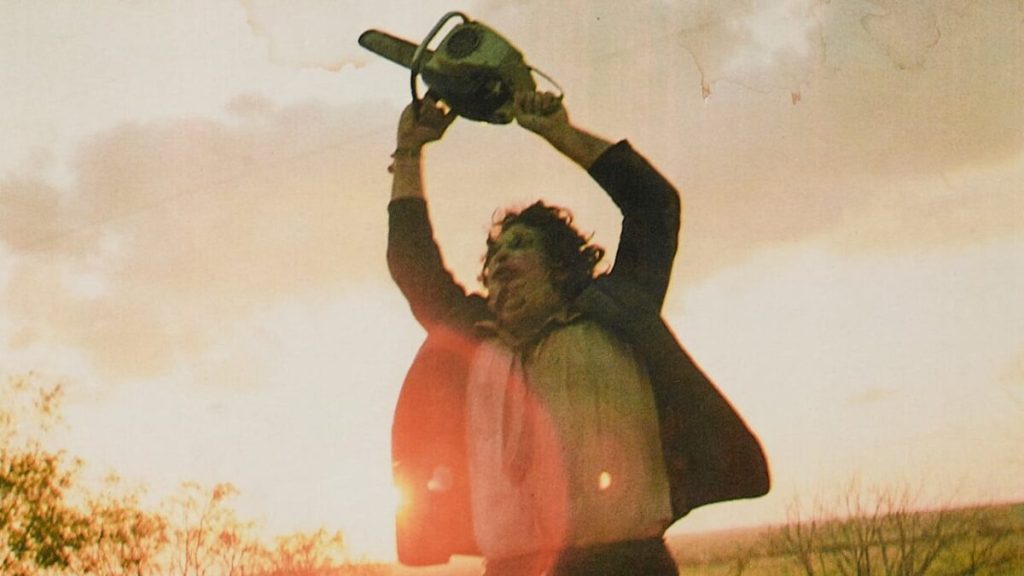
A few years before John Carpenter gave the world Halloween, Tobe Hooper debuted what is one of the two scariest movies ever made: The Texas Chain Saw Massacre. A film that feels fully grounded in reality throughout, the viewer is forced to feel like they’re just one of the group of young people who inadvertently trespass on the Sawyers’ territory.
Texas Chain Saw Massacre is a film that is known for being far more graphic than it actually is (fair, given the final word of the title). But it’s the film’s subtlety that makes it so frightening. The mere sight of Leatherface coming out from behind a sliding door with a hammer in hand is enough to make the viewer gasp. Much of the fuel behind that impact? The film’s sun-soaked but grain-covered display.
2) Halloween (1978)

Psycho and Peeping Tom may have served as the grandfathers of the slasher subgenre, but it was John Carpenter’s Halloween that put it on the map. With a star-making turn from Jamie Lee Curtis and airtight direction from Carpenter, it’s a well-oiled machine with ample mood and little blood.
Even with a dozen other installments in the franchise, nothing has come close to capturing the effectiveness of the 1978 original. From the iconic first-person opening to the cryptic close, it all works. Carpenter’s score is the icing on what amounts to a sublimely scary, utterly rewatchable cake.
1) The Exorcist (1973)
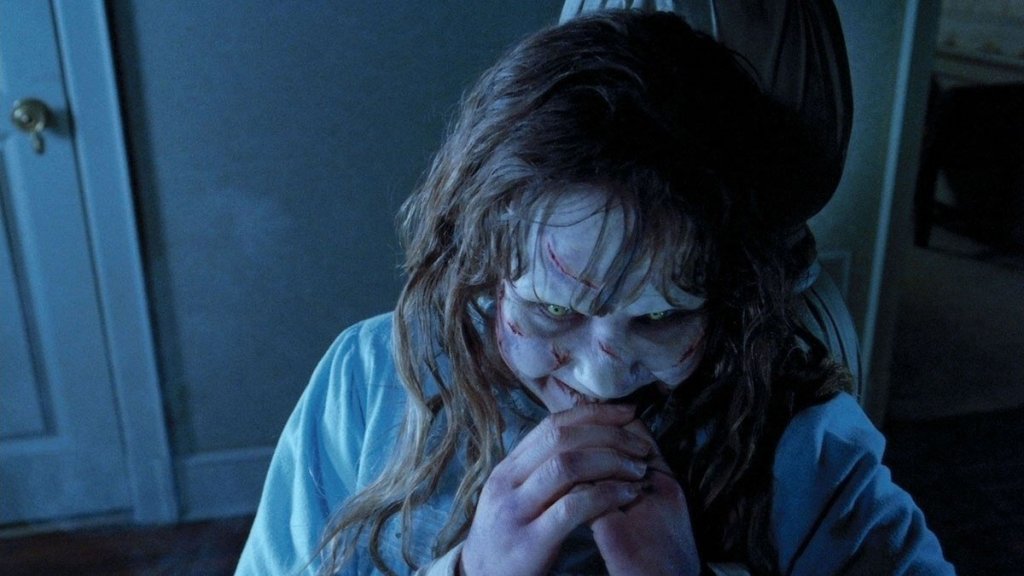
One of the most revered scarers in film history, nothing can match the power of William Friedkin’s The Exorcist. A perfect film from front to back (and one of the very few that’s actually aided by a Director’s Cut), The Exorcist works so well not just for its inventive frights, but also the formidability of its performances. Plenty of other films have tried to replicate the success of The Exorcist, including installments of its own franchise, but to this day Friedkin’s masterwork stands alone in just how well its possession tale can grip the audience.
The main reason The Exorcist is so horrendously frightening is its focus on family. If boiled down, it’s a mother’s struggle to protect her daughter and her increasing frustration at not being able to do so. Because what happens to her daughter is so horrific, the audience feels her pain so acutely that it’s easy to forget one is even watching a movie.





